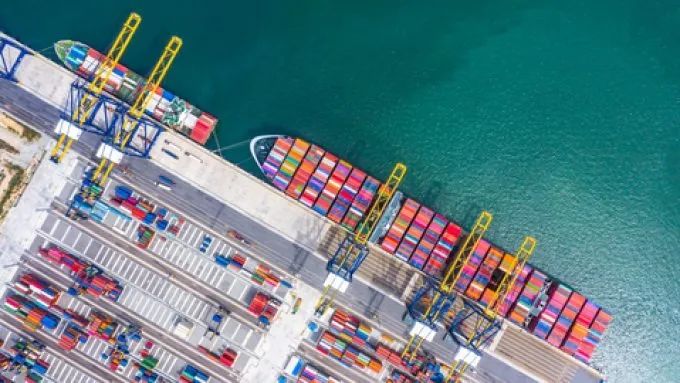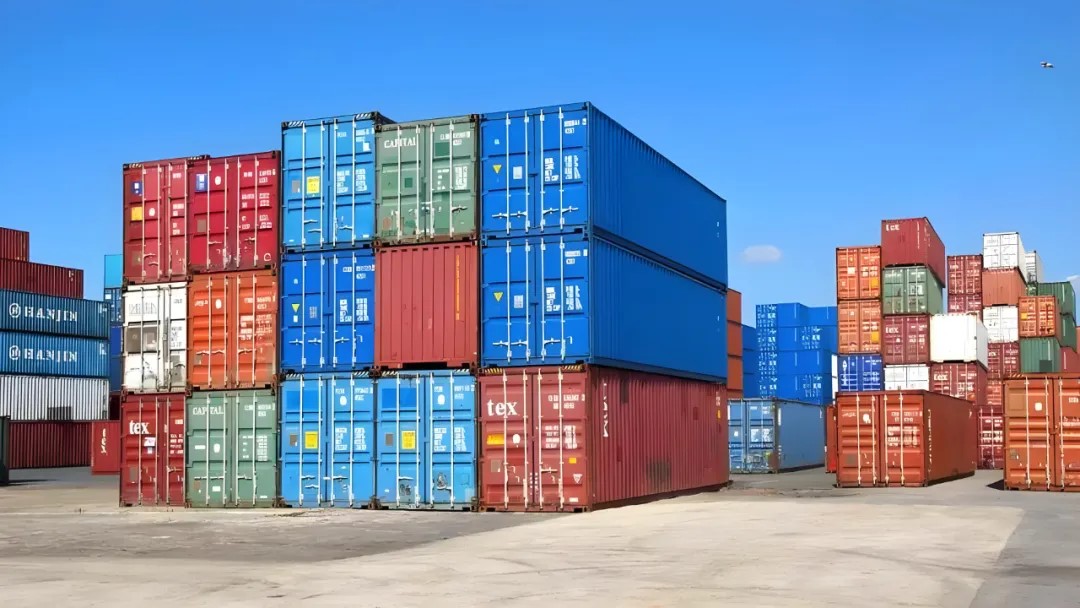Freight rates have skyrocketed to $10,000! You can't book a space even if you pay more for shipping.
Freight forwarders have warned their clients that demand for Asia-Europe sea freight is beginning to show a similar pattern to the peak of the epidemic.
The speed and pace of this change is alarming and is once again recreating the tight conditions that prevailed at the height of the epidemic, said one UK freight forwarder. The forwarder warned that shipping lines were canceling FAK rate offers when making bookings, as well as cutting back on contracted capacity.

"The current situation is a nightmare for importers," the forwarder describes, "Demand is climbing and our customer base is up 10-20% year-on-year. Either customers are replenishing their stocks, or because of the long transit times around the Cape of Good Hope, an extra two weeks of transportation is needed to buffer stocks."
Scan Global Logistics has also warned clients that westbound Asian ocean freight levels are "soaring". Continued demand for capacity, gap sailing programs and pessimistic forecasts about the future of the Red Sea crisis have combined to drive the rapid rise in ocean freight rates, the company said.
Shipping lines are applying peak season surcharges and GRIs to both "long and short term contracts", with Hapag-Lloyd, MSC and Duffy announcing increases in Far East to Europe rates. However, the British forwarder reveals that the rates announced by the shipping lines were quickly withdrawn as they were replaced by higher rates.
In addition, freight forwarders mentioned that due to market tension and adjustments in shipping lines' strategies, several shipping lines have closed their booking mechanisms for FAK and spot slots, which will not be reopened until June or later. This means that even if one is willing to pay higher freight rates, one may not be able to book slots in time, which further aggravates the tension in the freight market.
Unrelated routes are also being affected, such as the Asia-Latin America route, where rates have risen sharply and are now $9,000 to $10,000 per 40 feet, and capacity is being shifted to more profitable routes.
In addition, contract and spot rate levels are beginning to diverge, with long-term contract rates varying significantly from short-term rates, in some cases by more than $3,000 per 40-foot DC. shipping lines are increasingly prioritizing and loading higher-revenue cargoes in an effort to mitigate the dismal financial results of 4Q23 and, to some extent, the mediocre results of 1Q24.
Container shortages, prices climb
Part of the problem also stems from the shortage of containers, with Container Xchange customers stating that while inventory levels are not putting significant pressure on warehouses, container prices are "continuing to climb, with adjustments occurring approximately every 48 hours". This is largely due to the uncertainty associated with the situation in the Red Sea and the desire of suppliers and sellers to hedge their risks.
The price of a 40-foot container has climbed from $2,200-$2,300 in April to $2,500-$2,700 today. The detour to the Cape of Good Hope has absorbed a "significant" number of containers, and a significant number of containers have been stranded locally. Owing to high transportation costs, relatively low storage costs and the fact that the containers themselves are nearing the end of their useful life, it may not be economically feasible to ship them out.

Scan Global asked customers to "understand" the current difficulties and expects the situation to continue until May. The British freight forwarder further emphasized that the new additional capacity did not have a positive impact on the current difficulties, and did not play a role in the return of containers to Asia.
The company warns that this is only the beginning of an explosion of capacity shortages and an accelerated rate of further northward movement of shipping, and that even paid participation may not save this crisis. However, the company also noted at the same time that demand could fall as fast as it grows, with the market expected to fall faster than it rises after China's October Golden Week.
RELATED NEWS
CATEGORIES
LATEST NEWS
CONTACT US
Name: Lanny Wu
Mobile:+86-13362187166
Tel:+86-23200800
Whatsapp:+86-13705715311
Email:lanny@lufsi.com
Add:32,No.3 Road,DongZhou Industrial Zone FuYang,HangZhou,China.
